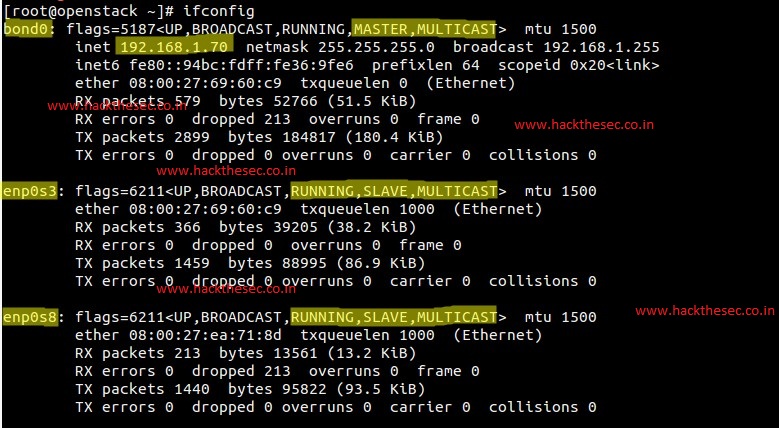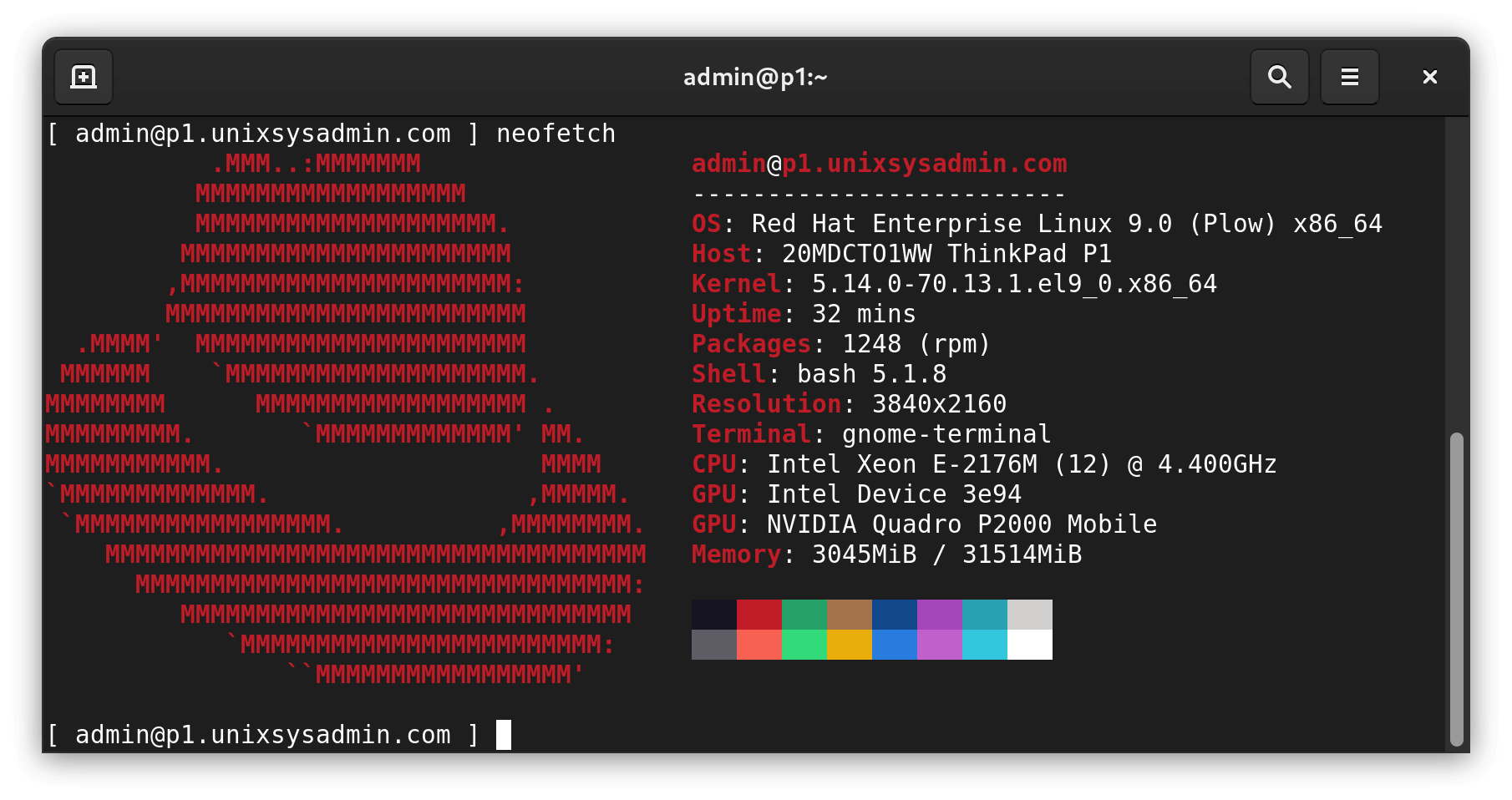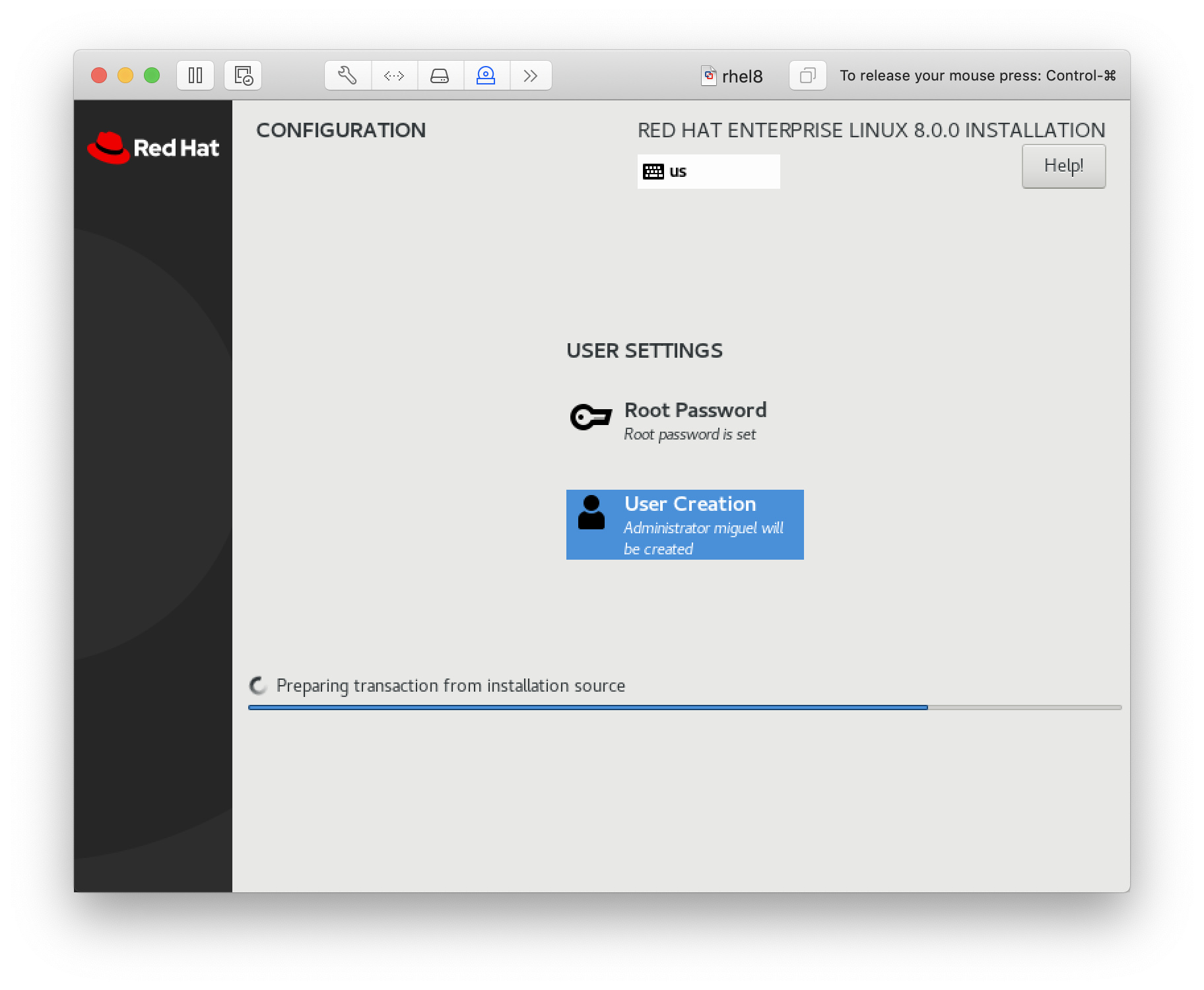


The installer can use git, curl, or wget to download nvm, whichever is available. Ensure that the NVM_DIR does not contain a trailing slash. You can customize the install source, directory, profile, and version using the NVM_SOURCE, NVM_DIR, PROFILE, and NODE_VERSION variables.Įg: curl. nvm.sh -no-use) to postpone using nvm until you manually use it. You can add -no-use to the end of the above script (. If the environment variable $XDG_CONFIG_HOME is present, it will place the nvm files there. " $NVM_DIR/nvm.sh " # This loads nvm Additional Notes Nvm allows you to quickly install and use different versions of node via the command line.Įxport NVM_DIR= " $([ -z " $/nvm " ) " Calling nvm use automatically in a directory with a.

Default Global Packages From File While Installing.Migrating Global Packages While Installing.In Linux, you can also find the kernel information in the file /proc/version. Find Linux kernel using /proc/version file Let’s see some other commands to find your Linux kernel version. GNU/Linux – Operating system (and no, it won’t show the distribution name).īut I’ll save you from information overload.x86_64 – Operating system architecture (you can run a 32-bit OS on a 64-bit processor).A timestamp for the last compilation is also there. #120-Ubuntu SMP Tue Sep 19 17:28: – This means that Ubuntu has compiled 4.4.0-97-generic 120 times.4.4.0-97-generic – Kernel release (as we saw above).If you run the same command on BSD or macOS, the result will be different. Let me explain the output and what it means: The output of the command should look like this: Linux itsfoss 4.4.0-97-generic #120-Ubuntu SMP Tue Sep 19 17:28: x86_64 x86_64 x86_64 GNU/Linux


 0 kommentar(er)
0 kommentar(er)
